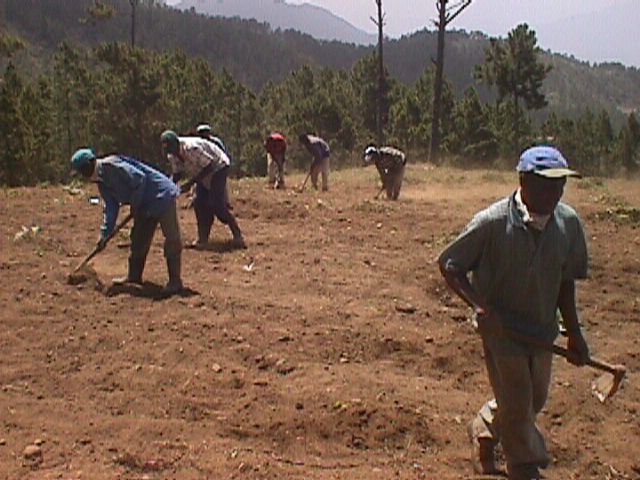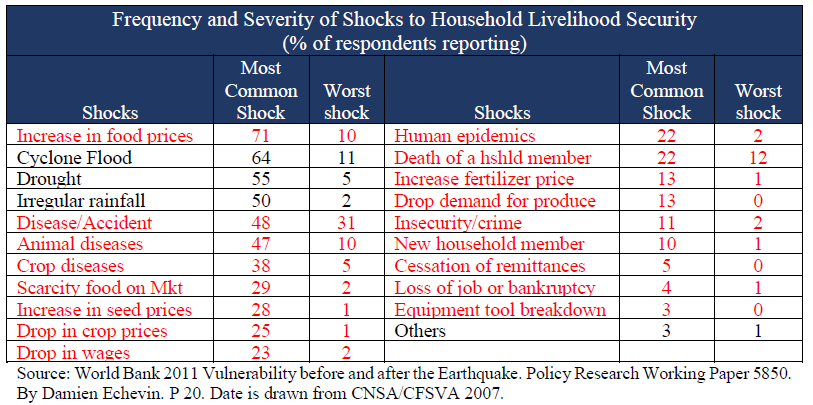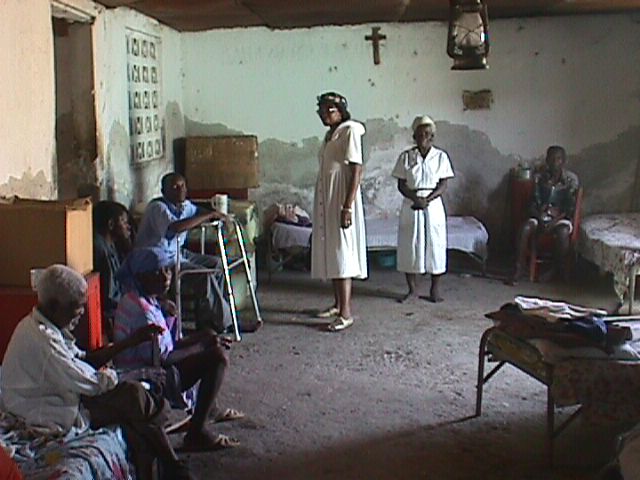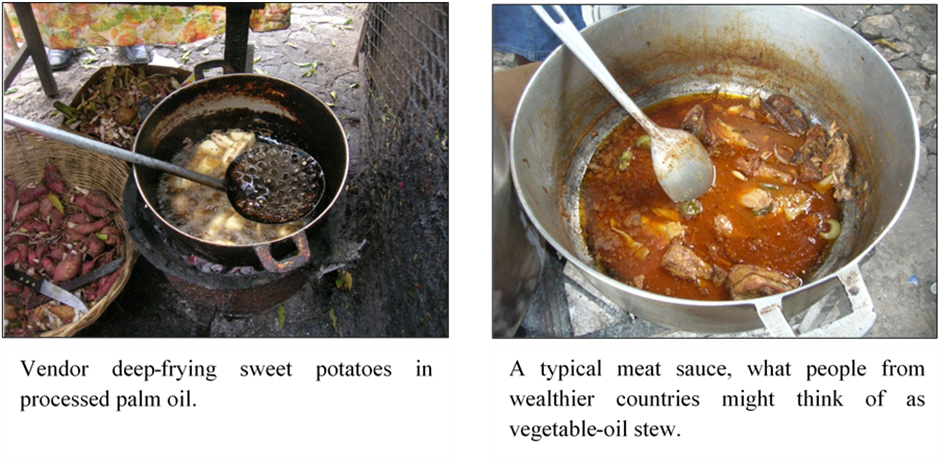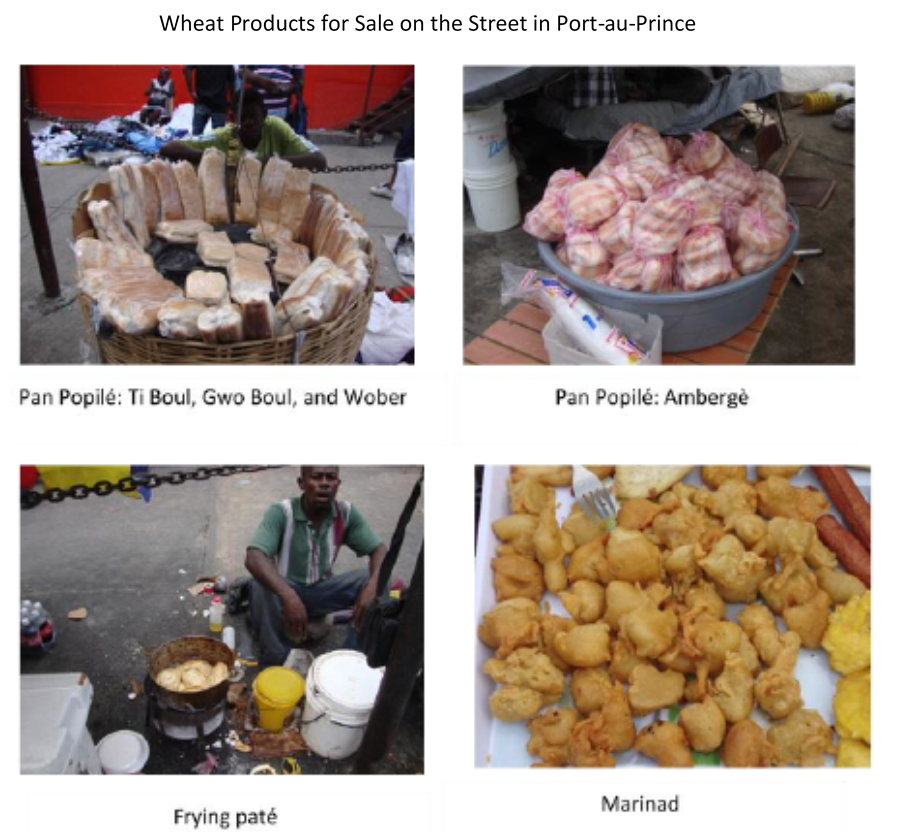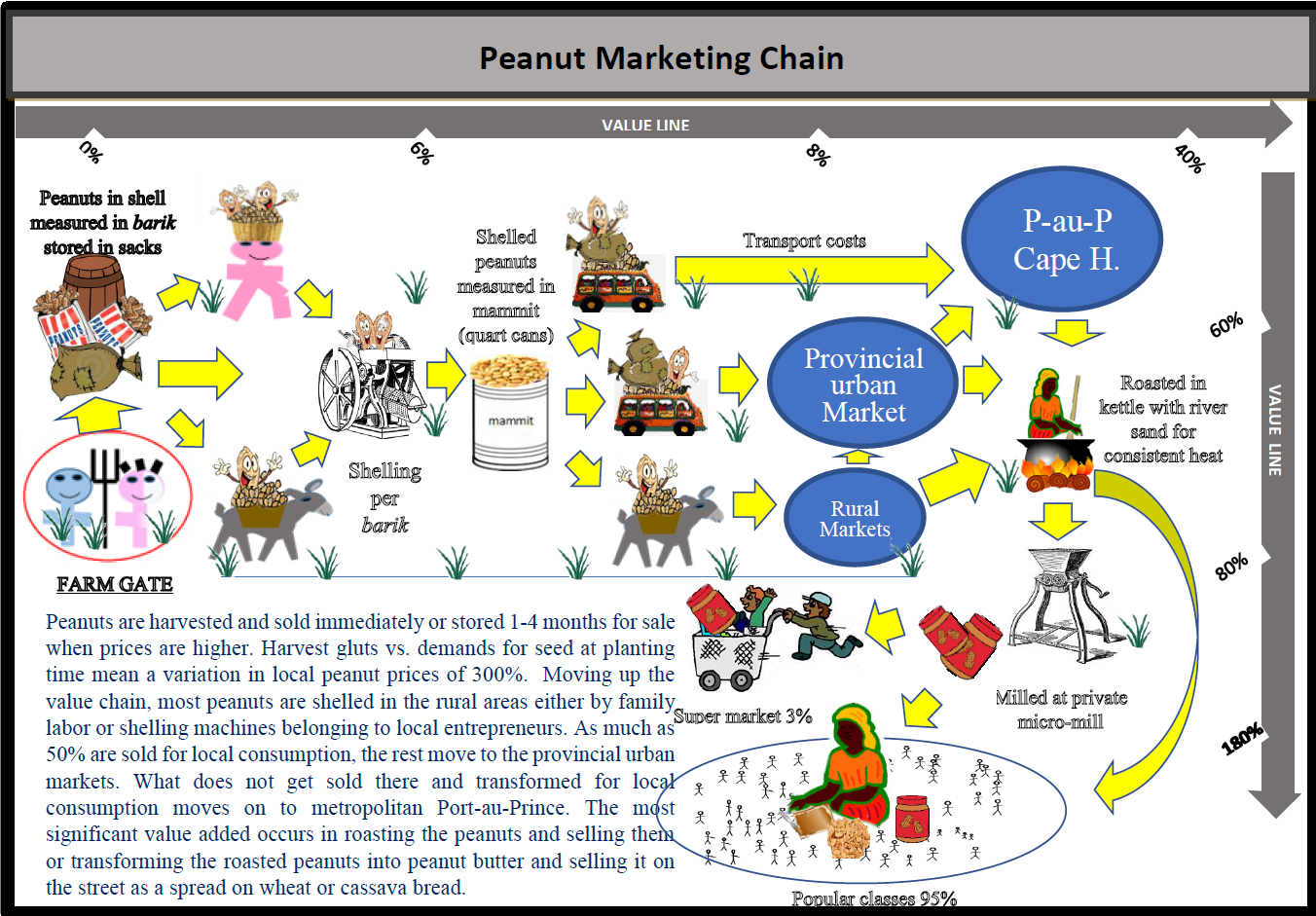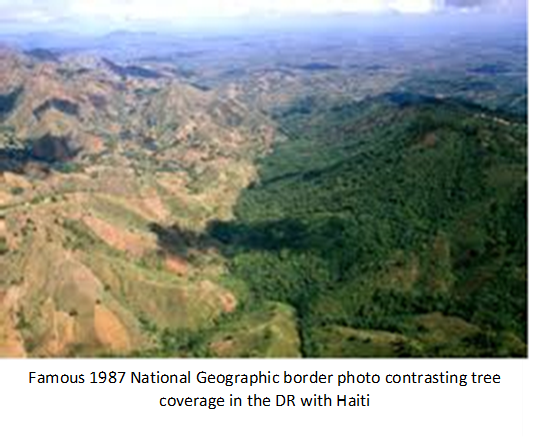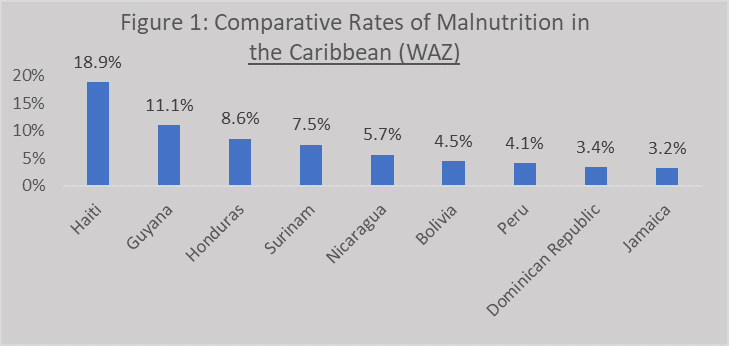Haiti Anthropology Brief: Cropping Strategies in Haiti
To understand food security and resiliency of rural Haitian households it helps to understand the crops, fruit and nut trees that are available in the country and the strategies rural Haitians use to manage them. Here I offer a brief summary of the crops and trees, the adaptability of the food production system they areRead More
Haiti Anthropology Brief: Understanding Social Capital in Haiti
As seen in here, few if any rural households in rural Haiti would risk dependence on a single source of food or income. Most have gardens and livestock, some depend in part on fishing, many will readily engage in opportunities such as glass eels, growing vetiver, working as temporary day laborers in the fields ofRead More
Haiti Anthropology Brief: Household Shocks in Haiti
Humanitarian aid agencies working in Haiti react almost exclusively to catastrophic environmental disasters such earthquake, drought, hurricane and flood. But as can be seen in the table above, far and away the most common shocks to households in Haiti are not from environmental calamities, but rather economic crises, such as increased food or agricultural prices,Read More
History of CARE International and USAID Development Efforts in Far West Haiti
This is a historical summary of CARE International’s activities in the region sometimes called “Far West” Haiti, specifically the Department of the North West communes of Jean Rabel, Mole St. Nicolas, Bombardopolis and the neighboring Department of the Artibonite commune, Anse Rouge. The reason the region is of interest to me is that between theRead More
Haiti Anthropology Brief: Eight Questions About a Welfare System in Haiti
This post deals with the impact of a welfare system in Haiti. USAID, the World Bank, and WFP have proposed a type of welfare system for Haiti’s most vulnerable (see KORE LAVI program). While there are definitively many vulnerable people in Haiti, the idea of an institutionalized safety-net brings up questions that should be addressed. Read More
Edible Cooking Oil Market Chain in Haiti
Edible oil is yet another area where US special interests and Haitian merchant elites have benefited greatly from US government subsidies and overseas programs. For example, although to my knowledge virtually never cited as a cause, conspiratorially minded observers might seize on the coincidence of the 1982 US sponsored eradication of the Haitian pig—which effectivelyRead More
Wheat Market Chain in Haiti
Although largely ignored in terms of impact on local production, wheat imports have had as great an impact undermining the Haitian local agricultural economy as rice. Unlike rice, Haiti grows no wheat, but thanks to a US subsidized mill through which passes 85 percent of all wheat entering Haiti and an annual importation of moreRead More
The Peanut Ethnographic Value Chain in Haiti
Peanuts are endemic to Haiti. Pre-Columbian Taino Indians planted them. Haitians have always planted and eaten peanut products as, or more frequently, than any other food that is not part of the main mid-day meal. Haitians prefer locally produced varieties over imported peanuts. In this paper we examine the peanut value chain, taste preferences, andRead More
Fruit, Lumber & Charcoal Ethnographic Value Chains in Haiti
Using the MEVMS value chain research and presentation strategy described here, this paper provides a rapid summary of the Fruit, Lumber, and Charcoal value chains in rural Haiti. The research is based on literature review, focus groups and a 405 household survey in the Grand Anse conducted in January 2018 on behalf of Heks-Eper. [Go hereRead More
Haiti Anthropology Brief: Institutional Reactions to Food Scarcity and Nutritional Crisis in Haiti
Going back some 50 years, there have been a series of international interventions meant to blunt the impact of food scarcity and nutritional crisis on impoverished Haitians, particularly mothers and children. The interventions include food aid, feeding strategies, introduction of fortified foods, and promotion of improved cultivars. This article summarizes these interventions, provides a reviewRead More
